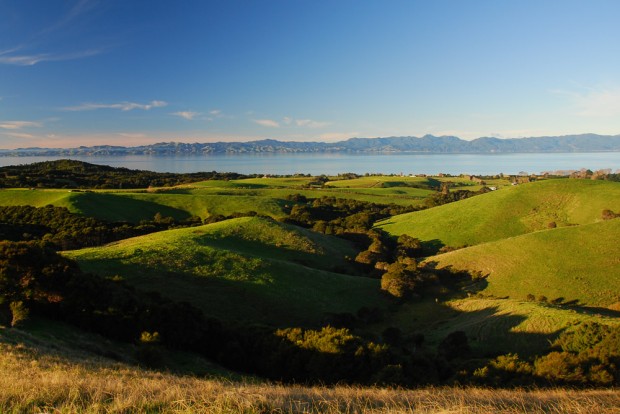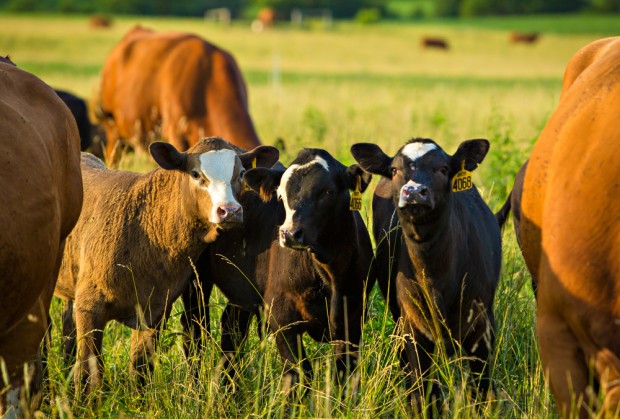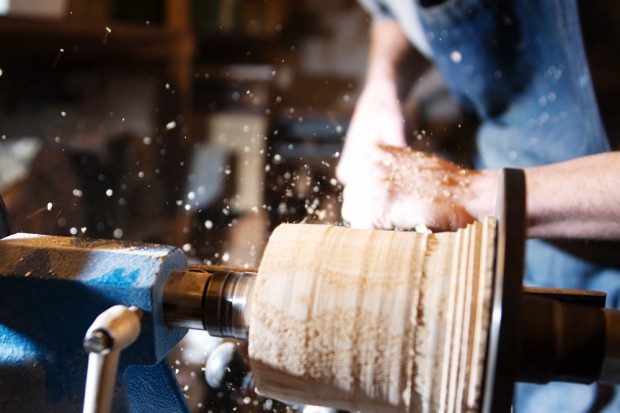
Let’s say you have a bit of savings and you’re keen to buy land to farm. Even if you can see hidden value, land is by no means cheap.
The problem is not that you can’t borrow money to purchase that hidden gem you’ve found. The problem is that the real costs only begin once you start; equipment, materials, transportation, energy, development, effort to build up a customer base.You’d have the burden of repaying the loan while you’re still at your most vulnerable — the startup phase.
That means never giving the farm a fair chance to get up and running, a chance to be financially sustainable.
Is there another way? You bet.
My background is in business, finance and information technology. A decade ago, I would have never guessed that one day I’d be Bill Mollison’s farm manager and develop farm e-commerce software.
My first contact with farming was back when I was learning as much as I could about agriculture and climate so that I could profit by speculating in commodity futures. Although those days are past, I pass this on to would-be farmers (or any local food business).
Focus on income producing investments
Isn’t farmland an investment? Of course it is, but it doesn’t magically produce a yield by itself. Even the most efficient farm design still requires input from you, especially in the early years.
The trick is to choose assets with the highest return on investment. That’s what you get for how much you put in, and how quickly. (Of course we don’t consider anything unethical or harmful.)
When those assets have paid for themselves and provide cash-flow, you can reinvest the surplus into other assets like land.
3 ways to debt free farming
Lets look at three would-be farmers with $10,000 in savings who want to start a farm.

Meet Robert. He gets a loan of $90,000 to buy a piece of land and a small herd of cattle. He should have done more research because unexpected costs such as fencing and equipment maintenance have caught him off-guard. He soon finds himself (or his wife) working part-time in town just to make their $700 monthly loan payment(1). Under this pressure, mistakes are costly. Not able to commit to farming full time, there’s a good chance Robert will give up after a few years as he can’t keep up with expenses and debt.
Then there’s Chris. He knows a farmer approaching retirement willing to lease him a corner of his land at the edge of town. He uses $7000 of his savings to buy a small herd of heavy calves and invests the rest into the lease, portable electric fencing and other basic necessities. At the end of the season he processes the whole herd, and then makes a deal with the farmer to lease even more land. With a season of experience behind him, he is even more keen to start the next. He discovers he can time-stack poultry in the same space as cattle, and in a few years has earned and saved enough to buy a small piece of farmland debt-free.
Jessica is impressed with Chris’ success but thinks she can do even better. Instead of purchasing livestock, she puts all of her savings into leasing land and equipment so that she can start a farm share. Other people pay for livestock. She tends, manages and processes them for a fee. In a few years, she has enough savings to buy land debt-free. Instead of building a house right away on her new farm, she converts a shed into a temporary home opting rather to put in a few dams and swales and to plant up a low maintenance food forest that will pay in dividends later.

Money is merely a tool
It doesn’t matter which model of sustainable farming you choose to pursue. Either it sustains itself or you’ll have to sustain it.
Profit is no different from other types of surplus. It is a healthy and essential part of diverse, abundant systems. It is necessary to keep moving forward.
I’m not talking about profit for profit’s sake. Don’t make it your goal. I’m talking about the efficient use of a very powerful resource.
Money is merely a tool. When we use it skillfully, we decide whether we are the master or the slave.
So follow your heart and pursue your dreams. Even with inflated real estate prices, you can buy your farm debt-free.
(1) Approximated: $90,000 loan at 5% interest over 15 years.
Flickr Creative Commons Images: Lathe via Siebuhr and cattle via CAFNR.